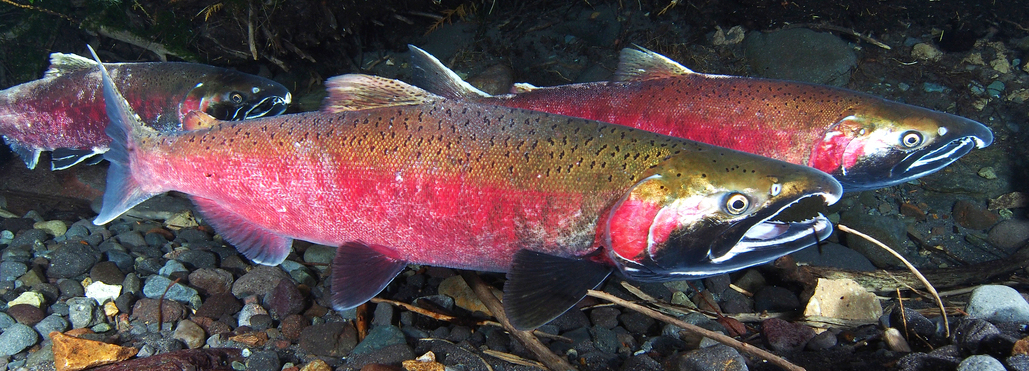Last spring, the Friends of the Columbia Gorge Board of Directors voted to support the proposed breaching of the four Lower Snake River Dams. While these dams are hundreds of miles upstream of the Gorge, the dwindling salmon runs coming into the Gorge—as well as the tribal significance and recreation benefits that Snake River salmon provide—led Friends to support the proposal.
The four dams were built between 1957 and 1975 to provide 140 miles of flat water for barges between Pasco, Washington, and Lewiston, Idaho. At different times of the year, the dams also provide 2 percent to 13 percent of the region’s power. However, they have drastically interfered with the salmon population that depends on the river.
Despite provisions for fish passage, the dams increase mortality for young salmon smolt heading downstream and adults returning upstream to spawn. The smolt navigate turbulent water caused by the turbines, and when compensating measures do not occur, as in low- water circumstances, smolt mortality can be as high as 15 percent at each dam.
Today, four of the 13 species of endangered and threatened salmon and steelhead in the Columbia Basin traverse the Snake River. A 2017 study by the Fish Passage Center, a government–funded Columbia Basin research group, found that removal of the four Snake River dams would result in a two- to three-fold increase of salmon in the Snake River Basin.
With the dams removed, the Snake River would offer a 250-mile stretch of relatively undeveloped river habitat, in addition to the 500 miles of mostly forested, undeveloped river habitat along the tributaries of the Clearwater River and the Salmon River. It is estimated that these stretches provide 55 percent of the Columbia Basin fish habitat and 70 percent of the habitat available for Chinook salmon.
Salmon are vital cultural and economic resources for the Columbia River Treaty Tribes. One provision of the 1855 treaties guarantees that Tribes can harvest salmon at their usual and accustomed fishing grounds and stations. This provision was ignored for years, but a series of legal decisions favoring tribal treaty rights established that the Treaty Tribes were guaranteed not only the right to fish, but also to the existence of fish in the Columbia River.
Downstream, the Columbia River Gorge National Scenic Area legislation protects, among other things, the cultural resources of the Gorge and the treaty rights of the Tribes. Breaching the Lower Snake River Dams upholds those goals of the Columbia River Gorge National Scenic Area. Finally, while hydropower is cleaner than coal and natural gas, the impact of the Lower Snake River Dams on endangered salmon and tribal treaty rights outweighs potential energy gains. Thus, Friends of the Columbia Gorge supports the removal of the Lower Snake River Dams.
Questions? Contact Steve McCoy, staff attorney.


